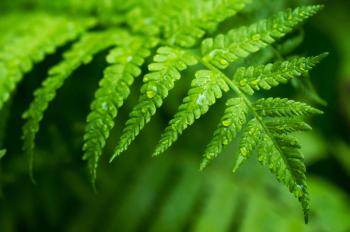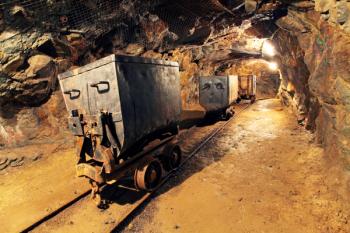
This issue is a compilation of five peer-reviewed articles on the combined application of UV-vis-NIR spectral data with advanced chemometrics.

This issue is a compilation of five peer-reviewed articles on the combined application of UV-vis-NIR spectral data with advanced chemometrics.

Classification and identification of different wood species are demonstrated using a portable near-infrared spectrometer, combined with four spectral pretreatment methods and three pattern recognition methods. Additional chemometric tools were used for comprehensive evaluation of classification model accuracy and complexity.

Given that grape seed oil has shown beneficial effects for consumers, there is a interest in measuring oil quality and potential adulteration. This study demonstrates an effective near-infrared (NIR) spectroscopy method, using a series of machine learning approaches for wavelength variable selection, to rapidly discriminate grape seed oil adulteration.

Spectral reflectance is a non-destructive method that is applicable to remote sensing and may be used to measure the chlorophyll content in a crop, which indicates the photosynthetic capacity, growth cycles, and degrees of stress (such as disease, insect infestation, and heavy metal stress) on plant ecosystems. This vis-NIR spectral reflectance method measures leaf chlorophyll using a wavelet analysis algorithm approach.

Depletion of modern mineral resources due to continuous exploitation and utilization makes it economically necessary to quickly identify the locate sources of low-grade ore. Here, we propose a vis-NIR remote sensing method to determine copper content in mining areas as well as to measure the environmental impact of surface mining methods.

Regulations have been imposed to set legal limits of nitrate and nitrite in water worldwide. In this study, a highly accurate and optimized ultraviolet (UV) spectroscopy method is proposed to simultaneously monitor nitrate and nitrite for rapid determination and continuous monitoring in environmental water applications.